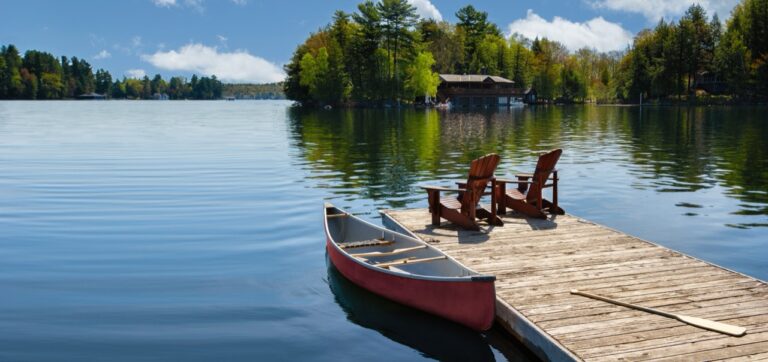In the vibrant province of Ontario, possessing a second home or a quaint cottage can embody the epitome of a dream realized. For those yearning for a familial memory-making haven or a tranquil escape from city life, a cottage serves as an ideal refuge. However, the intricacies of financing a second home can be overwhelming, particularly when additional responsibilities and costs come into play. This guide will furnish you with pragmatic knowledge and advice on manoeuvring cottage mortgages in Ontario.
Deciphering Cottage Mortgages
A cottage mortgage, akin to any other mortgage, is a loan procured to fund the acquisition of a property. Notwithstanding, it’s crucial to recognize key variations when juxtaposed with a conventional residential mortgage. While the fundamental principles persist, lenders frequently perceive cottages as a riskier venture due to elements such as their seasonal use, geographical positioning, and accessibility. These factors can precipitate higher interest rates and more stringent lending requirements.
Categorizing Cottage Mortgages in Ontario
Cottage properties in Ontario are primarily classified into two categories: Type A and Type B.
Type A cottages, usually all-season homes, provide year-round access and adhere to residential construction standards. These residences come with insulation, heating, and a dependable water source, making them a favourable investment for lenders as they are likely to retain their value over the course of time.
Conversely, Type B cottages are seasonal dwellings with less predictable access and may lack amenities such as central heating or a stable water supply. Financing these properties can be a more intricate endeavour, often necessitating higher interest rates and larger down payments.
Realizing Your Cottage Dream
With a firm understanding of the basics, we can now explore the essential steps to finance your dream cottage in Ontario.
Evaluating Your Financial Status
Prior to contemplating a second mortgage, a thorough assessment of your financial standing is vital. Lenders will scrutinize your credit score, income, debt levels, and the value of the property you’re considering.
Budgeting Wisely
Following your financial assessment, it’s essential to devise a practical budget. Bear in mind, the cost of owning a cottage extends beyond the mortgage payment. Additional expenses such as property taxes, insurance, utilities, and maintenance should also factor into your budget.
Selecting the Right Lender
Not all lenders cater to cottage mortgages, and those that do may offer varying rates and terms. Shop around and negotiate to identify the best mortgage package that accommodates your needs.
Evaluating the Down Payment
In Ontario, a second home typically necessitates a larger down payment than your primary residence. For Type A properties, a minimum of 20% of the purchase price may be required, while Type B properties can demand up to 35%.
Securing Your Cottage Mortgage
After thorough research and preparation, it’s time to secure your cottage mortgage. This process involves close collaboration with your lender, submission of requisite documentation, and credit checks. Always review your mortgage agreement meticulously before signing to ensure full comprehension of all terms and conditions.
Conclusion
While financing a cottage in Ontario is a substantial financial commitment, with meticulous planning and preparation, it can translate into a gratifying investment. Be it a serene lakefront retreat or a snug woodland cabin, your dream cottage is attainable. By understanding the unique facets of cottage mortgages, evaluating your financial status, and considering all costs, you can transform your aspiration of owning a second home in Ontario into a reality.
